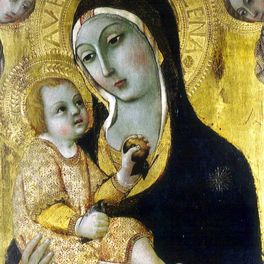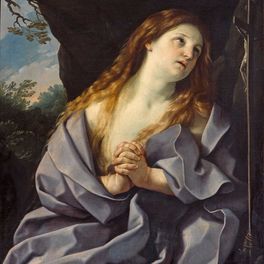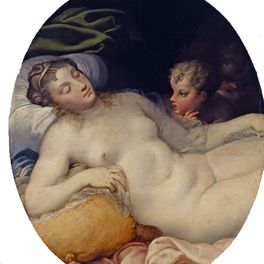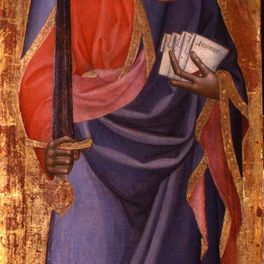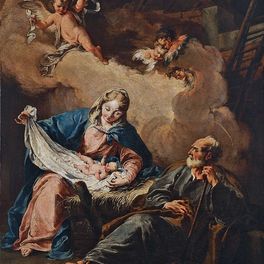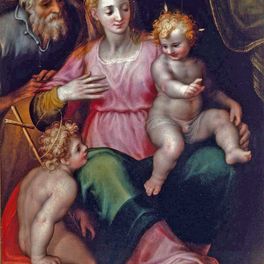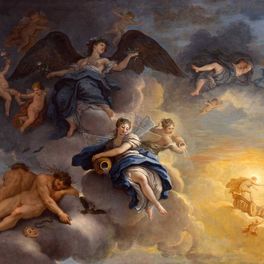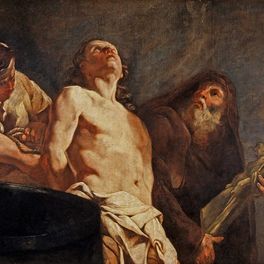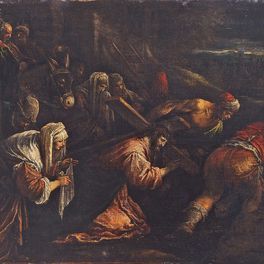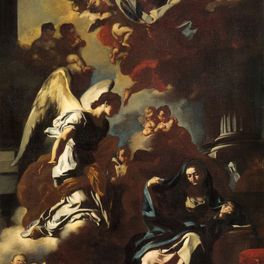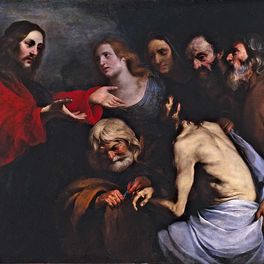Italian Paintings
Italy in our collections
Italian painting, the « mother » of all European Schools, occupied a prominent place in Silguy’s collection: 166 items, that is 16.6 % of the total (from the1873 catalogue). Much was devoted to Renaissance Masters: 3 paintings by da Vinci, 11 by Raphaël, 5 by Reni and 7 by Titian. Unfortunately, these were copies, and often old copies, and Silguy knowingly bought them at a high price, as though he wished to create the perfect collection despite limited means. The museum has a « Mona Lisa », considered to be one of the best contemporary reproductions, probably painted in Leonardo’s studio.
This collection was completed in 1897 by three State allocations from Royal collections, an important Guido Reni, Sainte Madeleine en prière (Mary Magdalene praying), to Martyre de saint Sébastien (Martyrdom of Saint Sebastian), which adorned the bedchamber of Louis XIV, for a long time attributed to Annibal Carrache (now attributed to his entourage or to Dominiquin), and an Adoration de la vraie Croix (Adoration of the true Cross) by a follower of Giovanni Bilivert.
Pre-Renaissance works were absent from Jean-Marie de Silguy’s collection. This gap was fortunately filled by the generous addition of two remarkable paintings by Bartolo di Fredi and Sano di Pietro (one bequeathed by Corentin-Guyho and the other donated by Lavallée).
This collection is much smaller in number than the Nordic and French collections, and less homogenous, but the different styles: mannerism, Caravaggism, classicism, and baroque are well represented. It dates from the late 14th century to the end of the 18th century, a succession of important works ending with a fine series of 18th century sketches, often for ceilings, which demonstrate the soundness and confidence of Jean-Marie de Silguy’s taste (Lama, Pittoni, de Mateis, Rossi, Solimena, etc).
Spanish school
The catalogue for Jean-Marie de Silguy’s collection contains works attributed to the Spanish school (58 works, almost 6 %). As with the other schools, we find a great deal of work attributed to the great masters, for example three works by Murillo or Velasquez and four by Ribera, but almost half are « anonymous », demonstrating that de Silguy was both tempted by « big names » as well as unknown works. Today, only three works are on permanent display, including work by the Caravaggesque Esteban March (circa 1610 – 1668), painter of the Battle fought by Joshua under the walls of Jericho.

